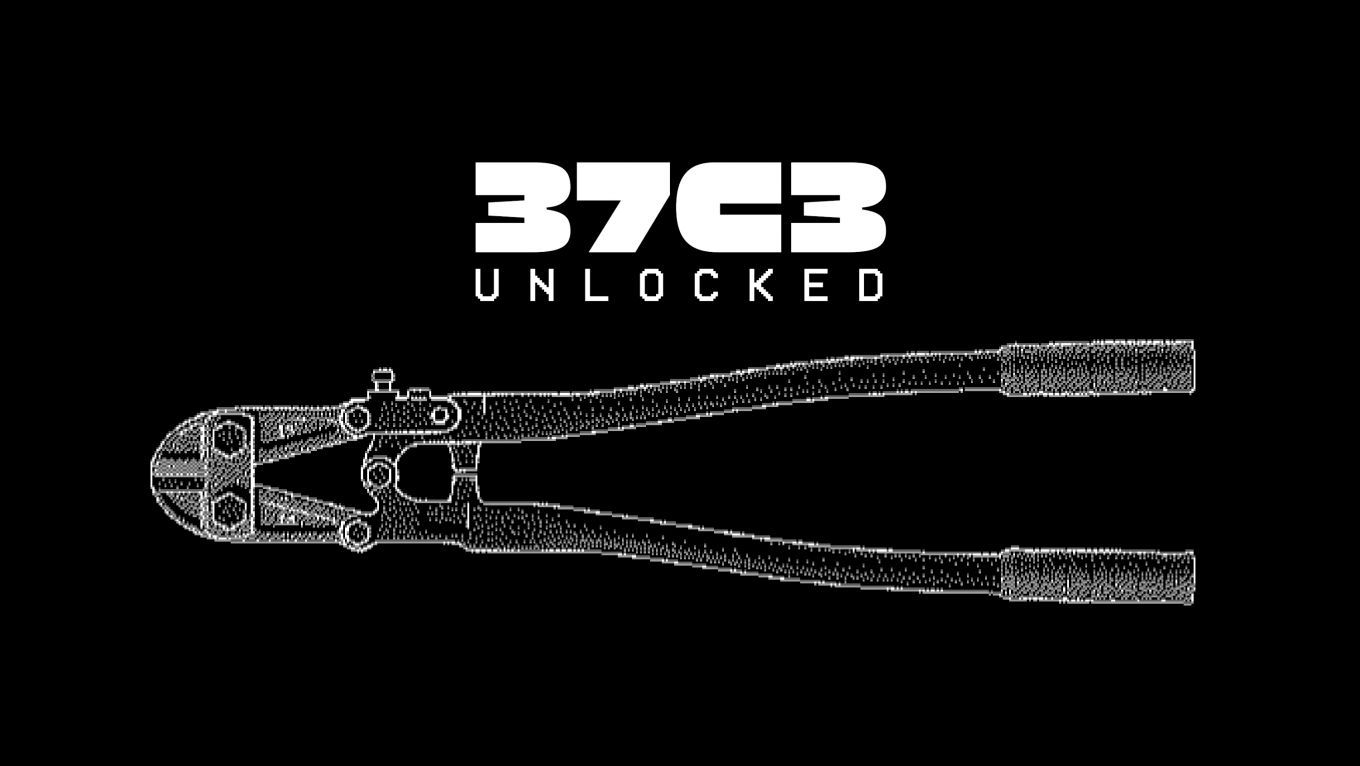Hardware & Making
How to build a submarine and survive
Wie wir mit begrenzten Mitteln ein U-Boot gebaut haben und was ihr draus lernen könnt.
29. Dezember 2023
21:45 – 22:45 In Kalender übernehmen
21:45 – 22:45 In Kalender übernehmen
Saal Granville
3,4 Tonnen schwer, 4,3 Meter lang, Material: Stahl, Farbe: Orange und der Fahrzeugtyp ist „Sporttauchboot”. Vom Fund eines Drucktanks bis zum ersten Tauchgang auf den Grund eines Tagebausees – wir erzählen von unseren größten Herausforderungen sowie Fehlschlägen.
Wir laden euch ein zu einem technischen Beratungsgespräch für alle, die schonmal mit dem Gedanken gespielt haben, ein U-Boot zu bauen.
Die einzelnen Systeme eines U-Boots sind nicht kompliziert. Aber die Schwierigkeit liegt in der Summe der Einzelsysteme, die auf engem Raum im Zusammenspiel sicher funktionieren müssen. Der Fokus des Vortrags liegt neben unserer kurzweiligen Geschichte auf den technischen Schwierigkeiten, zu denen sich in der Literatur wenig findet oder wegen derer es nicht gleich auf Anhieb funktioniert hat. Damit ihr, falls ihr ähnliches plant, einen besseren Start habt und von unseren Fehlern profitieren könnt.
Was gibt es bei der Wahl eines geeigneten Drucktanks zu beachten?
Wie lässt sich eine wasserdichte Luke konstruieren?
Drahtlose Unterwasserkommunikation mittels Ultraschall?
Wie bauen wir Redundanz in die Systeme ein?
Wie werden wir das CO2 los, um nicht zu ersticken?
Warum sind auf einmal Risse in den Scheiben?
Was tun, wenn nichts mehr geht?
Und was, wenn dann auch noch die Polizei kommt?
In dem Vortrag geht es nicht um Probleme anderer kaputter U-Boote. Wir werden das Titan-Desaster mit maximal einer Folie behandeln.
Mit Fotos von Selene Magnolia
Weitere Infos
| Live Stream | https://streaming.media.ccc.de/37c3/granville |
|---|---|
| Format | lecture |
| Sprache | Deutsch |
Weitere Sessions
| 27.12.23 |
After a brief introduction to digital circuits this talk will outline placement and routing algorithms used for creating digital integrated circuits.
|
| 27.12.23 |
This lecture will cover many aspect of designing a RISC-V CPU, out-of-order execution, multi-core, memory coherency, security and running linux and debian on a FPGA.
|
| 27.12.23 |
Ein Vortrag über den erfolgreichen Kinder-Audioplayer „Toniebox“ mit Content-Hosting in der Cloud, der nicht nur Einblicke in die (un-)heimliche Datensammlungspraxis bietet, sondern auch gleich passende Lösungen dazu. Custom-Firmware, selfhosted Cloud-Ersatz und Tools zum Erzeugen von Inhalten ohne Herstellercloud.
|
| 27.12.23 |
In an era where vendors increasingly seek to use proprietary software in the devices around us to exert control over their users, the desire for open source software has expanded to the firmware that allows our machines to function, and platforms which individuals can trust and control have never been more important. However, changes to hardware platforms in recent years such as the Intel ME, vendor-supplied binary blobs and vendor-signed firmware images have repeatedly set back efforts to ...
|
| 27.12.23 |
Embark on Libre Space Foundation's journey into the world of open-source space exploration, where a passionate community of hackers and makers is challenging the traditional defense-driven approach to spacefaring. Discover how we are democratizing space by embracing open-source technologies, community collaboration, and a commitment to sustainability.
|
| 27.12.23 |
I am paralysed from the chest down, have no hand functions and sit in a power wheelchair. I will share some insights on spinal cord injury and my experiences of how I work, live and travel using a power wheelchair. There are millions of people who cannot control a computer, tablet, or smartphone with their hands. Assistive technology supports the main functionalities which are needed: mouse movement and different kinds of clicks. My portfolio of hands-free assistive technology enables me every ...
|
| 27.12.23 |
The Unfolding Space Glove transmits the relative position and distance of nearby objects as vibratory stimuli to the back of the hand, enabling blind people to haptically explore the depth of their surroundings. The talk will give a brief overview of the design research project, from the first prototypes to an empirical study and its publication, and provide insights into the underlying hardware and software.
|

